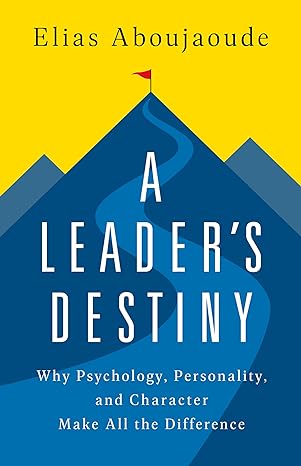All future jobs will be value creation jobs.
The management revolution (a term coined by the primary historian of 20th-century management, Alfred D. Chandler) generated a lot of bureaucracy or, as London School of Economics professor David Graeber puts it, “Bullshit Jobs.” These jobs tend to be located primarily in the bureaucratic cores of the corporation: HR, finance and accounting, and legal/compliance. According to Graeber, these jobs are unfulfilling for the individuals doing them, yet deliberately designed that way by management to implement approved methods and procedures.. Those jobs are not there to create value, but to exercise control.
Graeber estimates that, in some firms, like banks, the proportion of jobs that can be classified this way is as high as 75%, and that 40% is a reasonable estimate of the average proportion.
There’s a good chance these jobs will be gradually eliminated in the future.
The problem of bureaucracy arose directly from the practice of management. In the early phases of corporate capitalism, firms were entrepreneurial rather than bureaucratic. Founding entrepreneurs drove expansion through leadership. Divisions and functions were run by mini-entrepreneurs, responding to market signals more than to bosses. Of course, they needed bookkeeping and support systems, but these were operational rather than bureaucratic.
Eventually, scale and new complexity required new forms of organization. More managers were hired. Eventually, managers took over, as the entrepreneurs exited. The 20th century was the century of management – but, as economist Ludwig von Mises pointed out, the capitalist system, properly understood, is an entrepreneurial system, not a managerial system. So capitalism itself – the system of creating value for customers and reaping the entrepreneurial rewards conferred by market approval – became distorted to shift the balance of outcomes to favor the managers and investors.
That’s where bureaucracy and bullshit jobs came in. Managers sought control: over the uncertainties and unpredictable outcomes that are typical of entrepreneurship; over the variability in consumer preferences; and over the short-term financial results of the business, because the financial markets’ demand for reliable consistency became predominant. Control was thought to come from processes, procedures and methods, documented in the bureaucracy and implemented through the authority of the hierarchy, limiting individual autonomy to adherence to tightly written job descriptions and rules of conducting business. Plans were developed at the top and executed through orders and instructions at the base of the pyramid. This philosophy was enshrined as business administration, and masters’ degrees were awarded for it.
This phase of business is coming to a close. There are many reasons why, and we can focus on two of them.
- New value creation business models: the digital business models of the new era are characterized by direct connection to customers. Every time a user enters a search term, or a consumer purchases on a shopping site, or a corporate employee works on Slack or Salesforce, the behavior and the content are directly and immediately captured by the data engine. Insights about actions and preferences can be generated through pattern recognition in the feedback loop, and any improvement or enhancement that the end user requires can be provided as a digital response. It’s user-guided continuous improvement. The customer is back in direct charge. When we say that customers are the ultimate value creators, this is what we mean. By their actions and statements of preference, they bring new improvements and, therefore, new value propositions into being. If they are dissatisfied, they communicate it, and perhaps look elsewhere for greater value. The customer is genuinely the boss. There’s no need for business administration – it’s superseded by direct connection to the customer without intermediation.
- The bullshit jobs can be automated: The advances in software headlined by business process automation and supplemented by machine learning and AI will gradually eliminate bureaucracy. Standard practices, sequential processes, form-filling, performance measurement, reporting, monitoring, authorization, accounting, budget management, and more will be performed by software rather than by managers.
So what does that leave? The most important jobs of all: value creation. Highly automated, digitally-enabled firms will require the customer insight, entrepreneurial judgment, design creativity, and empathic responsiveness that value creators bring. Value creators bring the characteristics and behaviors that are critical to business success.
- They constantly keep value in mind: how can customers’ needs be better satisfied in a world of constant change and aggressive competition?
- They demonstrate the entrepreneurial mindset, favoring action and experimentation rather than cautious calculation.
- They recognize empathy as a core business tool for creative entrepreneurship, and they refine their empathic diagnosis by carefully assessing the customer experience from the customer’s perspective.
- They collaborate harmoniously without competing for titles or recognition; they make great team members.
- They pursue continuous innovation, never stopping, never complacent.
- They can design innovations through a process of working backwards from the customer experience.
- They understand marketing as building trust through relationships, and not as a mechanical process of lead generation and conversion.
- They are masters of subjective calculation: estimating the value of future assets based on future customer satisfaction.
- They appreciate that tacit knowledge accumulation rather than data is the source of advantage for a firm, and they error-correct their knowledge by constantly questioning and challenging.
- They are not constrained by conventional organizational design and structure, recognizing flow as the mindset that transcends both.
The Value Creators online business course aims to elucidate and teach these principles through the lens of entrepreneurialism rather than business administration.

